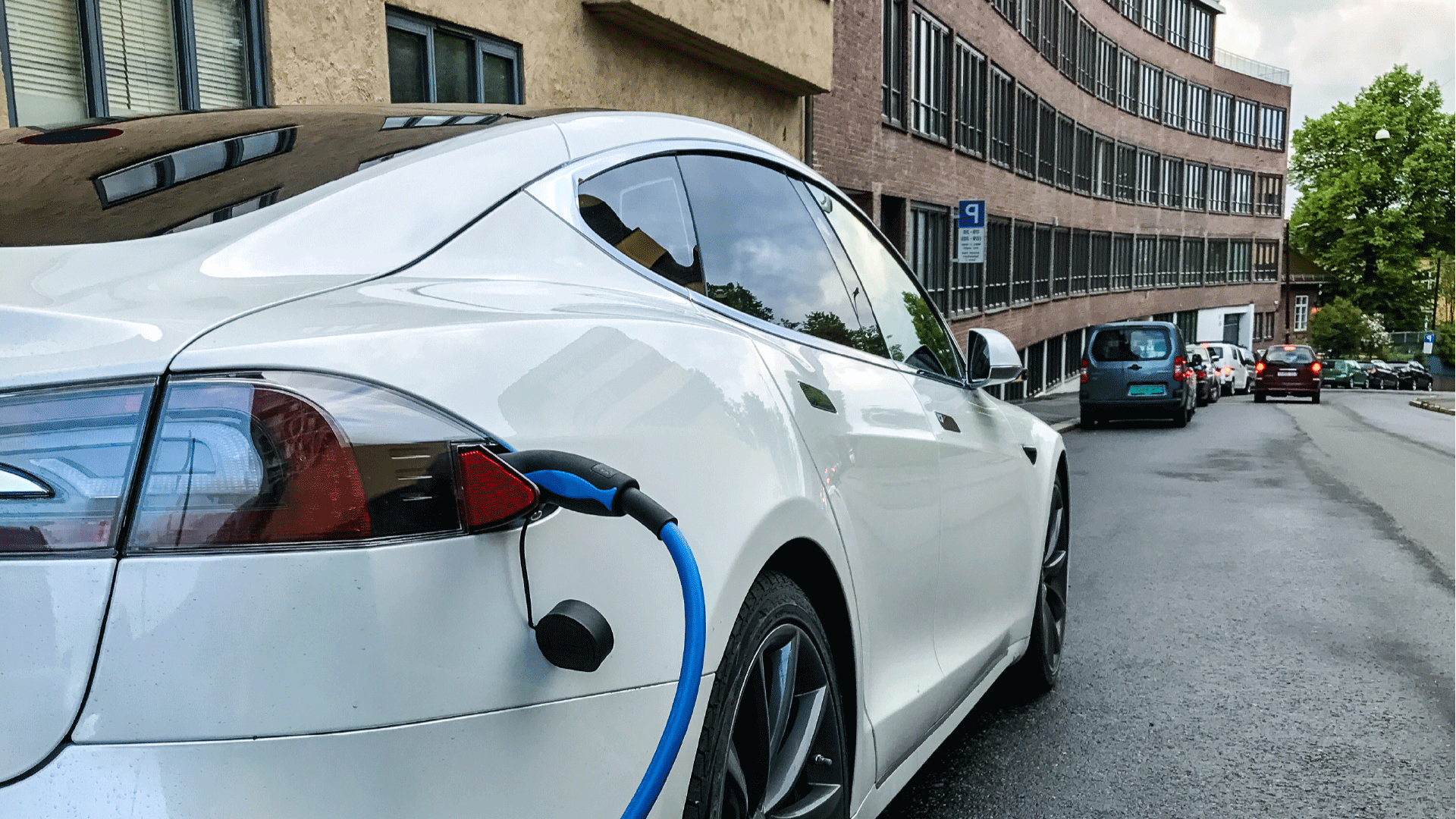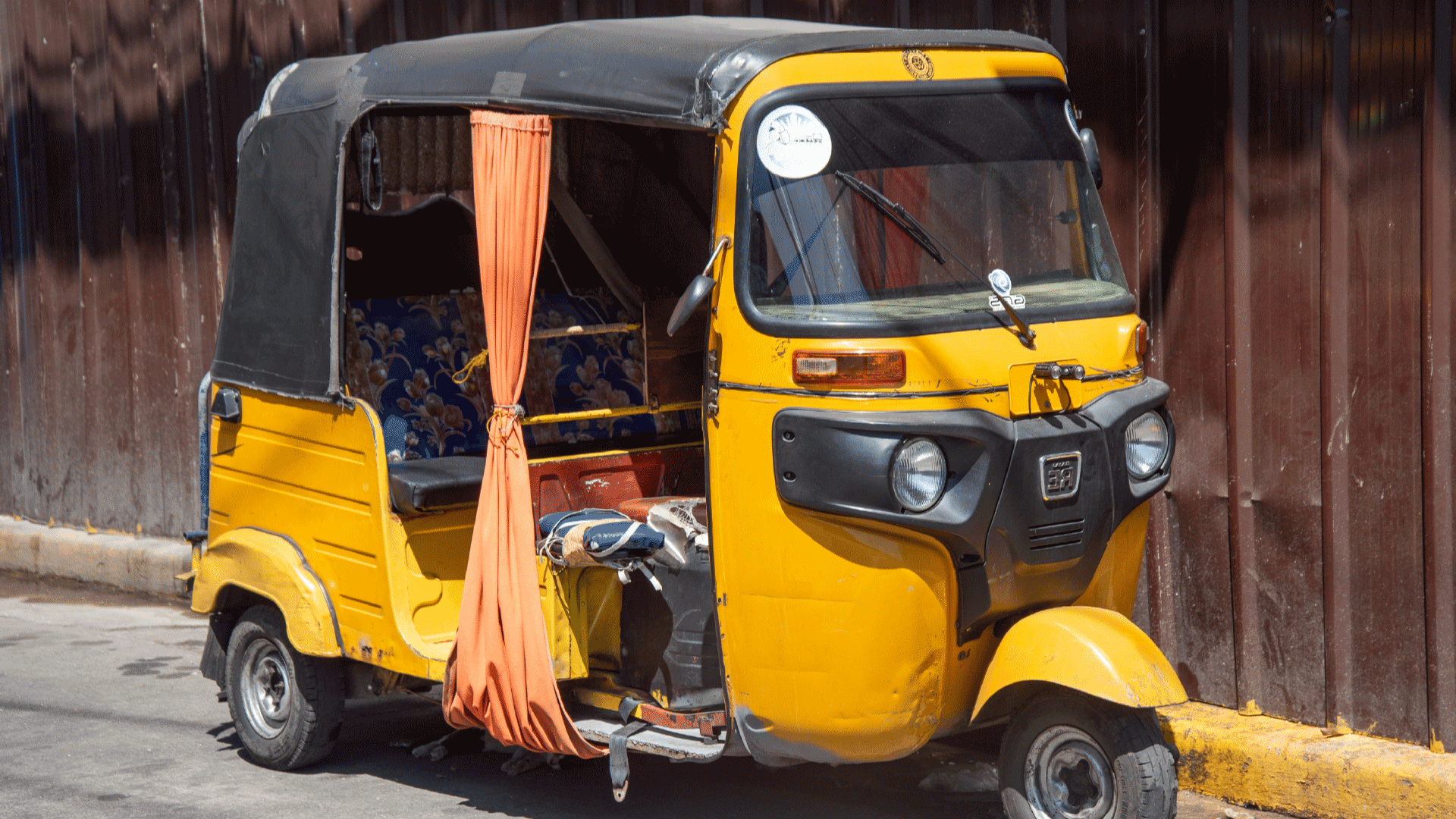Can a Country Go Full-EV? Notes from Norway
In the narrow fjords of Norway, something remarkable is happening. While the world debates whether electric vehicles are practical, Norway has quietly been proving they're inevitable. By 2024, electric vehicles accounted for 88.9% of new cars sold in the country—a transformation so complete that as of September 2024, Norway became the first nation where electric cars outnumber petrol vehicles on its roads.
This isn't just a statistic. It's a glimpse into what's possible when a country decides that the future of transportation should be cleaner, quieter, and independent from the volatility of global oil markets.
For the Philippines—a nation that imports virtually all of its petroleum while facing the mounting costs of climate change—Norway's journey offers both inspiration and a roadmap. The question isn't whether we can follow their lead, but how quickly we can chart our own path toward energy independence.
The Norwegian Formula: When Policy Meets Purpose
Norway's transformation didn't happen by accident. It was the result of deliberate, sustained policy intervention that began in the 1990s—a commitment that lasted decades, not election cycles.
The Norwegian government understood something fundamental: without intentional market intervention, the transition to cleaner transportation would take far too long. So they made electric vehicles the obvious choice for consumers. They eliminated import taxes and VAT on EVs, making them price-competitive with conventional cars. They gave electric vehicles access to bus lanes, turning daily commutes into time savings. Free parking in city centers and exemptions from toll roads added real financial value that families could feel in their daily lives.
Most importantly, they invested in charging infrastructure before the market demanded it. Today, Norway boasts 174 fast chargers per 100,000 people—a network so comprehensive that range anxiety became a thing of the past.
This wasn't just policy; it was a vision of what Norway could become. And that vision is now reality.

The Philippine Reality: Where We Stand Today
The contrast between Norway and the Philippines couldn't be starker, but it also illuminates the magnitude of opportunity ahead of us. While Norway approaches complete electrification, the Philippines is still in the early stages of its EV journey. We've seen promising growth—a 50% increase in EV registrations between 2022 and 2023—but we're starting from a much smaller base.
The infrastructure gap is real. The Philippines currently has only 592 EV charging stations nationwide, compared to Norway's extensive network. But this isn't just a challenge—it's exactly the kind of opportunity that smart policy and targeted investment can transform.
What gives us hope is the readiness we see in Filipino consumers. A Frost & Sullivan survey revealed that 45% of Filipino car drivers are considering an EV as their next vehicle purchase. The demand is there; what's missing is the ecosystem to support it.
The barriers are familiar but not insurmountable: limited charging infrastructure, higher upfront costs, and gaps in public awareness. These are the same challenges Norway faced—and overcame—through sustained commitment and strategic thinking.
Why the Philippines Must Lead The Transition
For the Philippines, the urgency of EV adoption goes far beyond environmental responsibility, though that alone would justify swift action. The country imports virtually all of its petroleum, making our economy vulnerable to global oil price shocks while draining precious foreign currency reserves. Every liter of gasoline burned represents wealth leaving our shores, while every kilowatt-hour generated domestically keeps that value within our communities.
The environmental case is deeply personal for Filipinos who live with the consequences of climate change every day. Metro Manila's air quality crisis affects millions of families, while our children grow up in cities where clean air feels like a luxury. Electric vehicles, powered by an increasingly renewable grid, offer a path toward the kind of air quality every Filipino deserves.
There's also a generational opportunity we cannot afford to miss. Global supply chains for EV components are being established now, and countries that move decisively will secure advantaged positions in the new mobility economy. The Philippines has the chance to become a regional hub for EV manufacturing and battery production—but only if we demonstrate serious domestic commitment to electrification.

Learning from Norway, Building for Filipinos
Norway's success offers lessons we can adapt to our unique context and needs. Their most important insight: policy consistency and long-term commitment are essential. Norway's EV incentives weren't stop-and-start measures subject to political winds—they were sustained for decades, giving consumers and businesses the confidence to invest in electric transportation.
Second, infrastructure must lead adoption, not follow it. Norway invested in charging networks before they were profitable, understanding that availability drives confidence. The Philippines needs similar forward-looking infrastructure investment, particularly in our urban centers where early adoption is most likely.
Third, transformation can happen faster than skeptics believe. Norway's electric vehicle sales increased from less than 1% of total auto sales in 2010 to 88.9% in 2024. This timeline demonstrates that with the right policies and infrastructure, complete market transformation can occur within a single decade.
But the Philippines doesn't need to simply copy Norway's approach. Our unique geography—with concentrated urban populations and shorter average driving distances—could actually make EV adoption easier than in Norway's more dispersed landscape. Our strong culture of public transportation offers opportunities for mass electrification that Norway never had.
Most importantly, we have the chance to build solutions that reflect Filipino values and needs from the ground up.
Fueling Change, One Venture at a Time
This is where 1882 Energy Ventures sees both opportunity and responsibility. The Norwegian example shows that EV transitions require coordinated efforts across charging infrastructure, energy systems, and consumer education. Success demands partners who understand both the technical requirements and the lived experiences of the people who will drive this change.
Our role extends beyond infrastructure deployment. We're building integrated energy systems that will support mass EV adoption—from grid-scale renewables that can power electric transportation cleanly, to smart charging solutions that optimize grid stability as EV numbers grow. The Norwegian experience shows that half-measures don't drive market transformation; what's needed are comprehensive solutions that address every barrier to adoption.
Through ventures like Voltai, we're taking concrete steps to build this future today. By developing the charging infrastructure and energy systems that will make mass EV adoption possible, we're not just preparing for tomorrow—we're actively creating it.
Because at the heart of every commute through Manila traffic, every jeepney route that connects communities, and every family decision about their next vehicle purchase is a Filipino who deserves better options. They deserve transportation that doesn't compromise their health, their budget, or their children's future.
The Norwegian example proves that small countries can lead global transformations. The Philippines has every reason to believe we can be next—and with investments in the right infrastructure and partnerships, every reason to start building that future today. The question isn't whether we can go full-EV. It's how quickly we can get there, and how much of the economic opportunity we can capture for Filipino families and communities along the way.







